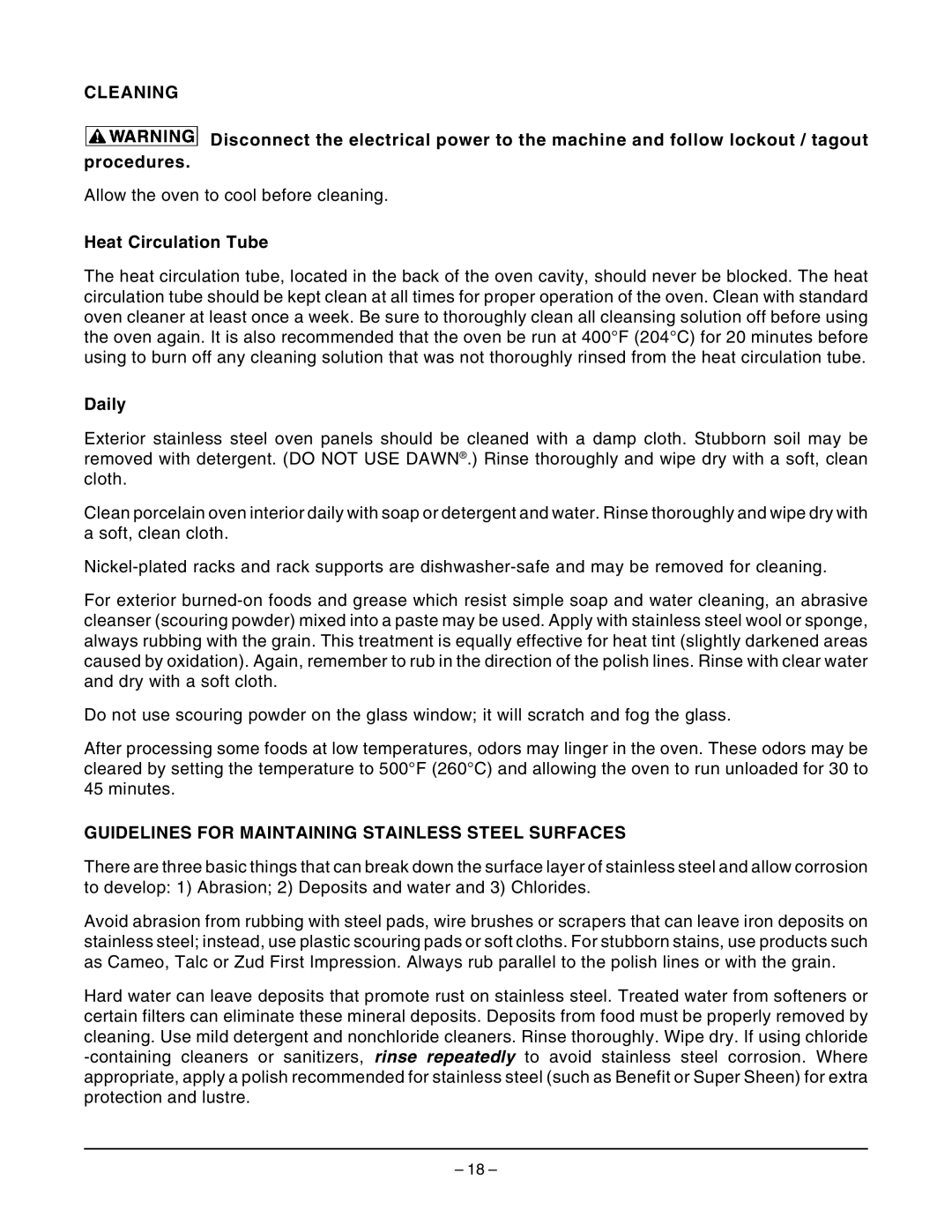WKGD ML-126621 specifications
The Wolf Appliance Company WKGD ML-126621 is a sophisticated and high-performance gas range designed to meet the demands of both professional chefs and home cooking enthusiasts. Known for its exceptional craftsmanship and advanced technology, this appliance stands out in the kitchen, providing both reliability and luxury.One of the main features of the WKGD ML-126621 is its powerful dual-stacked burners. With four individual burners, this range allows for precise heat control, enabling users to achieve the perfect simmer, boil, or sauté. The dual-stacked design not only enhances cooking efficiency but also provides versatility to handle a wide range of cooking techniques. Additionally, the burners are rated at varying BTUs, ranging from a delicate low of 300 BTUs to a robust high setting of 20,000 BTUs, ensuring that any culinary task can be accomplished with ease.
The range boasts a spacious oven capacity, making it an excellent choice for baking and roasting. With a total of 4.5 cubic feet of oven space, users can prepare multiple dishes simultaneously without sacrificing quality or flavor. The oven is equipped with advanced convection technology, ensuring even heat distribution for consistent cooking results. This feature is especially beneficial for baking, as it promotes uniform browning and reduces baking times.
Another notable characteristic of the WKGD ML-126621 is its sleek and professional-grade design. The stainless steel finish not only adds a touch of elegance to any kitchen but also ensures durability and ease of cleaning. The heavy-duty knobs and professional-style handle are thoughtfully designed for a comfortable grip, adding to the overall user experience.
Safety is a top priority with this range, which includes features like automatic electronic ignitions and a flame failure safety device, providing peace of mind while cooking. The oven also includes a built-in temperature probe, allowing users to monitor internal temperatures without opening the oven door.
Overall, the Wolf Appliance Company WKGD ML-126621 is a premier gas range that combines luxury with cutting-edge technology. Its powerful burners, spacious oven, and stylish design make it an ideal choice for both aspiring and experienced cooks who seek to elevate their culinary skills. Whether preparing a family meal or hosting a dinner party, this range is sure to impress with its performance and aesthetic appeal.
